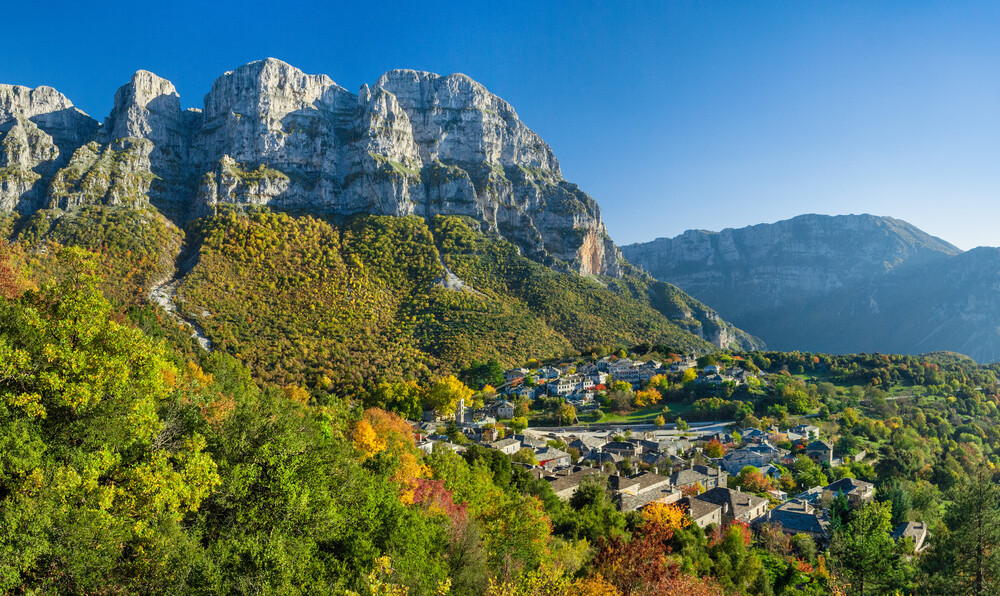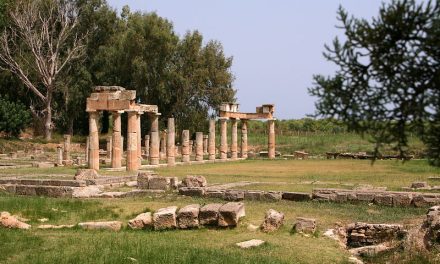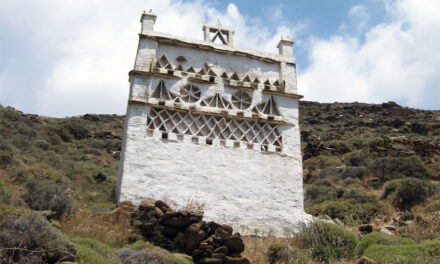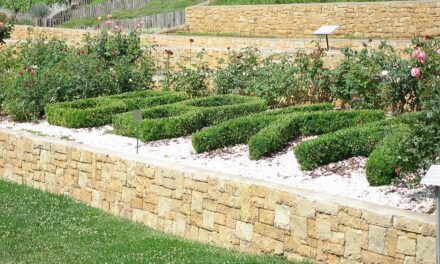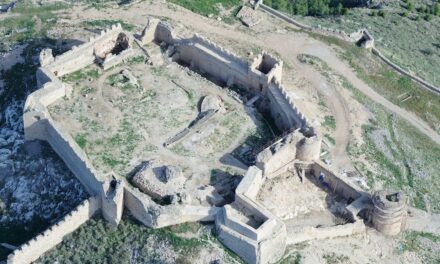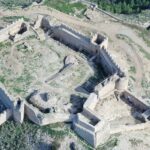The region of Zagori in northwestern Greece is famous for its stone traditional villages, known collectively as Zagorochoria; they are the reason behind the site’s tourist development as well as its recent induction into the UNESCO Intangible Cultural Heritage List (September 2023).
Zagori natural landscape
Zagori is situated in the region of Epirus, in northwestern Greece, and forms part of the of the Pindus mountain range. It boasts striking natural beauty, encompassing the Vikos–Aoös National Park (which comprises the Vikos Gorge), the Pindus National Park (also known as Valia Calda), Mount Tymphe (alternatively Tymphi or Tymfi), the Voidomatis River (a tributary of the Aoös River) and several lakes, such as the “Dragon Lake” (Drakolimni) of Tymphe.
It is hence a site of exceptional importance for the conservation of a rare and endangered species of flora and fauna, characterized by a high index of endemicity. The area features extensive forests, groves, alpine meadows, but also stretches of Mediterranean vegetation, creating a diverse mosaic of habitats and micro-landscapes that support a rich biocultural heritage.
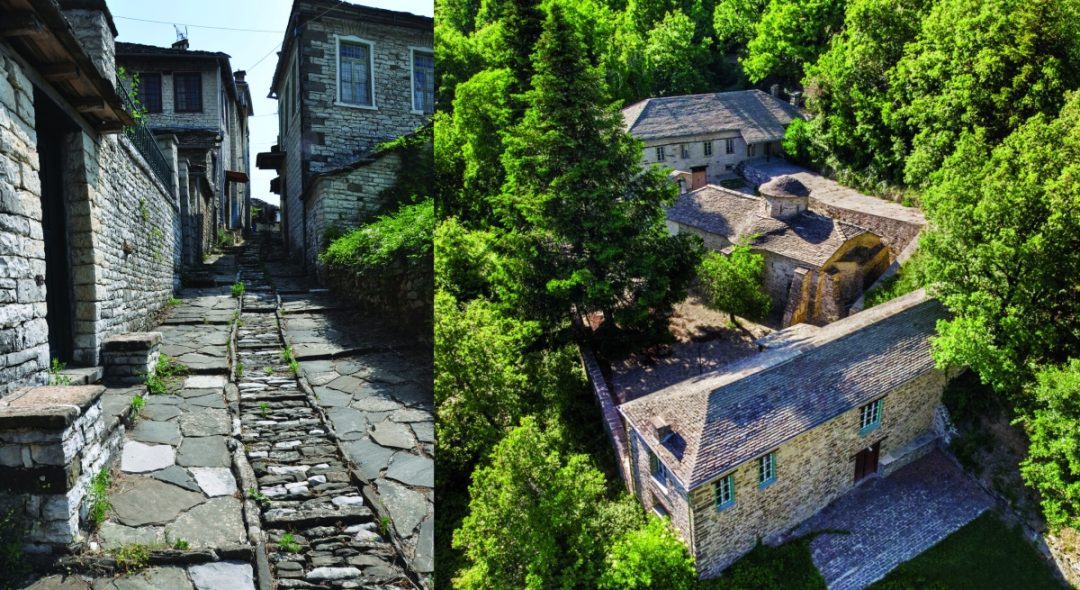
History of Zagorochoria
As is stated in the nomination text submitted by the Hellenic Ministry of Culture and Sports, human presence in the Zagori area dates as early as the Upper Paleolithic period, and has been always adapted to this seemingly rough and inaccessible environment. The agro-pastoral landscape was hence formed with a focus on small-scale cultivation, animal husbandry and forest exploitation.
The area had come under Ottoman rule in the 15th century along with the rest of the Epirus region; however, some villages in Zagori reached a favorable agreement, keeping a state of autonomy under a locally elected government. Most importantly, the locals were exempt from the taxes normally levied on non-Muslims, instead providing some services when requested.
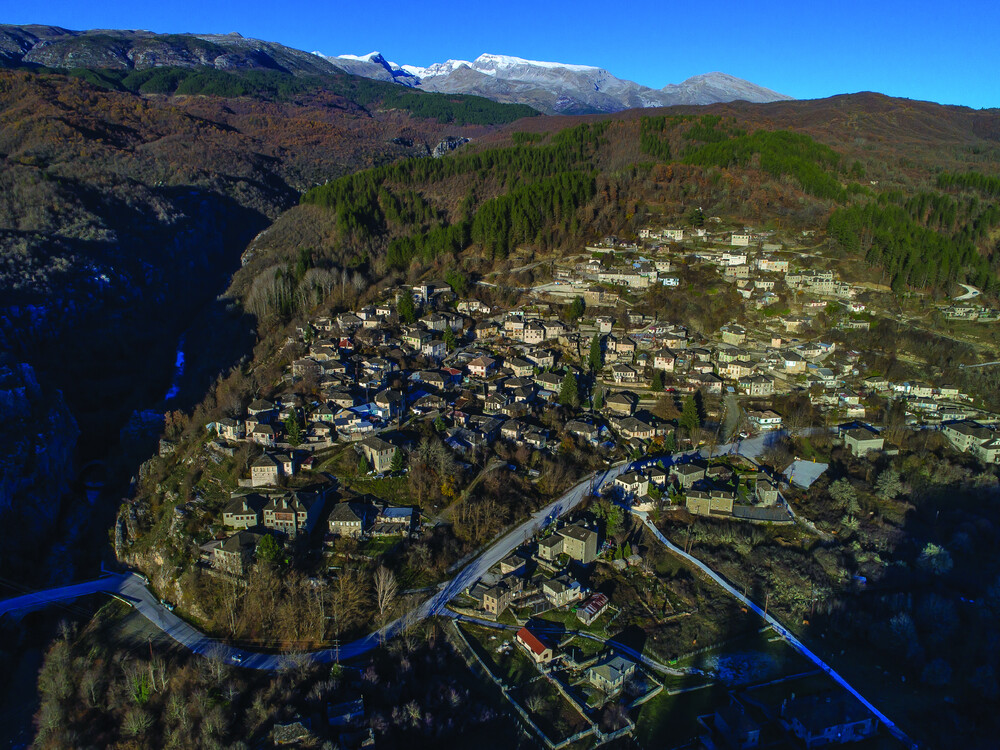
These agreements would later extend to more villages, while in the late 17th century further privileges were added, thanks to the influence of Phanariotes (a Greek elite in positions of power in the Ottoman Empire) with origins from Zagori, when the union of villages was upgraded to a league (Koinon of the Zagorisians). These privileges included a ban of Turkish presence in the league. By the middle of the 18th century, most of the remaining Zagori villages had entered the league, and more powers were given to the head of the local government. The area’s autonomy was lifted in 1868, until it would eventually become part of the free state of Greece following the Balkan Wars of 1912-13.
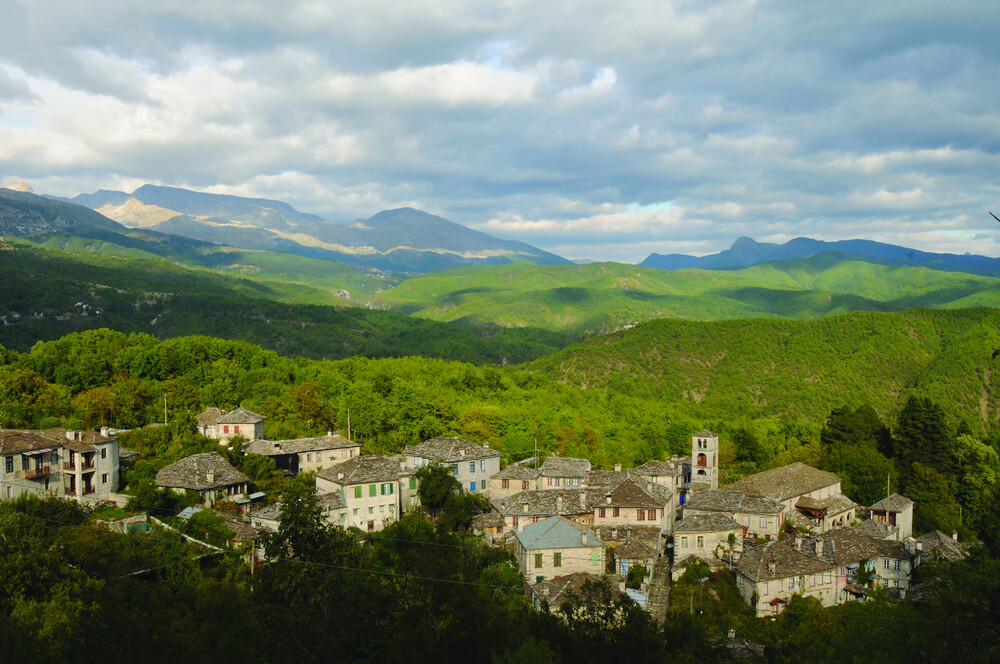
The villages of Zagorochoria
Zagori’s name is of Slavic origin, probably meaning “(place) behind the mountains”. The Zagorochoria (“villages of Zagori” – alternatively spelled Zagorohoria) are 45 villages with their own distinctive character. Stone is a dominant feature, found in the various dry-stone constructions (such as terraces, mills, threshing floors, sheepfolds and pens), in the village houses (used both in private residences and in community buildings) and in the infrastructure, such as its characteristic arched bridges. The stone used may be light or dark depending on its availability in the direct area and the purpose each building serves.
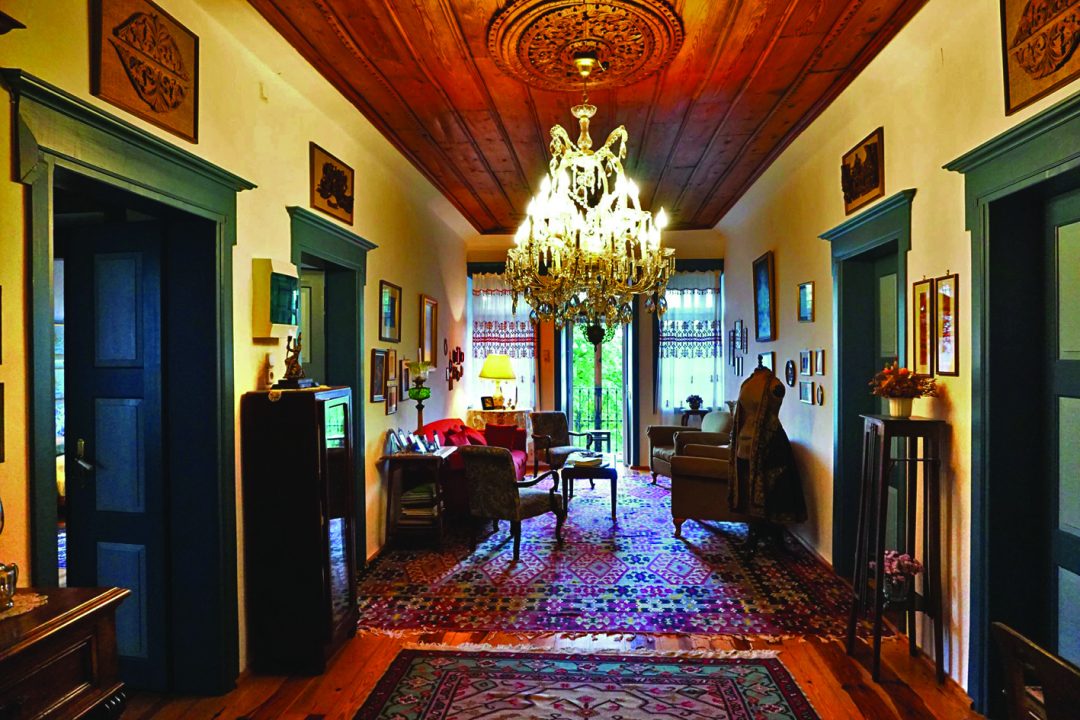
The Zagori lanscape took its present form in the 18th and 19th centuries, giving the area its distinct architectural identity. Thanks to the rights and privileges granted to the villages of Zagori in the 18th century, the area knew an extensive economic but also cultural growth at the time, leading to the establishment of large school complexes, libraries, churches and monasteries, as well as luxury private houses.
The Zagori Cultural Landscape has been inscribed on the UNESCO Intangible Cultural Heritage List under selection criterion (v), that is, as an “outstanding example of a traditional human settlement”, which is representative of a culture. Some of the most famous villages of the area include Aristi, Vitsa, Vovousa, Dilofo, Doliani, Elati, Itea, Karies, Leptokaria, Monodendri, Papingo (one of the most renowned communities in Zagori, consisting of two villages: Megalo [Big] and Mikro [Small] Papingo), and Tsepelovo.
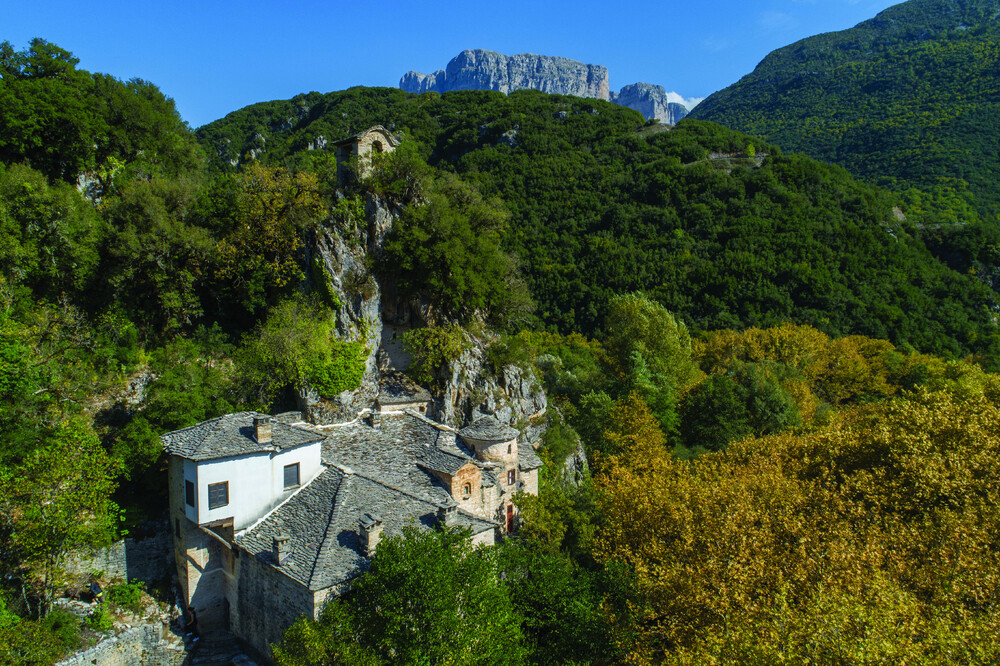
The Zagorochoria in Epirus are among the most popular winter destinations in Greece, along with the various villages of Mount Pelion (in Thessaly) and the town of Arachova (in Boeotia). The quaint snow-capped houses and Zagori’s dreamy atmosphere are the main features that attract visitors in winter. However, the great natural beauty, vegetation and bodies of water also make it a beloved year-round destination, especially for those who prefer the cooler climate of the mountains to sandy beaches in the hotter months.
Read also via Greek News Agenda: Meteora, the hanging monasteries of Greece; Athos, the ‘Holy Mountain’; The medieval ghost town of Mystras
N.M. (Intro image: The village of Papingo [© Costas Zissis via UNESCO])

